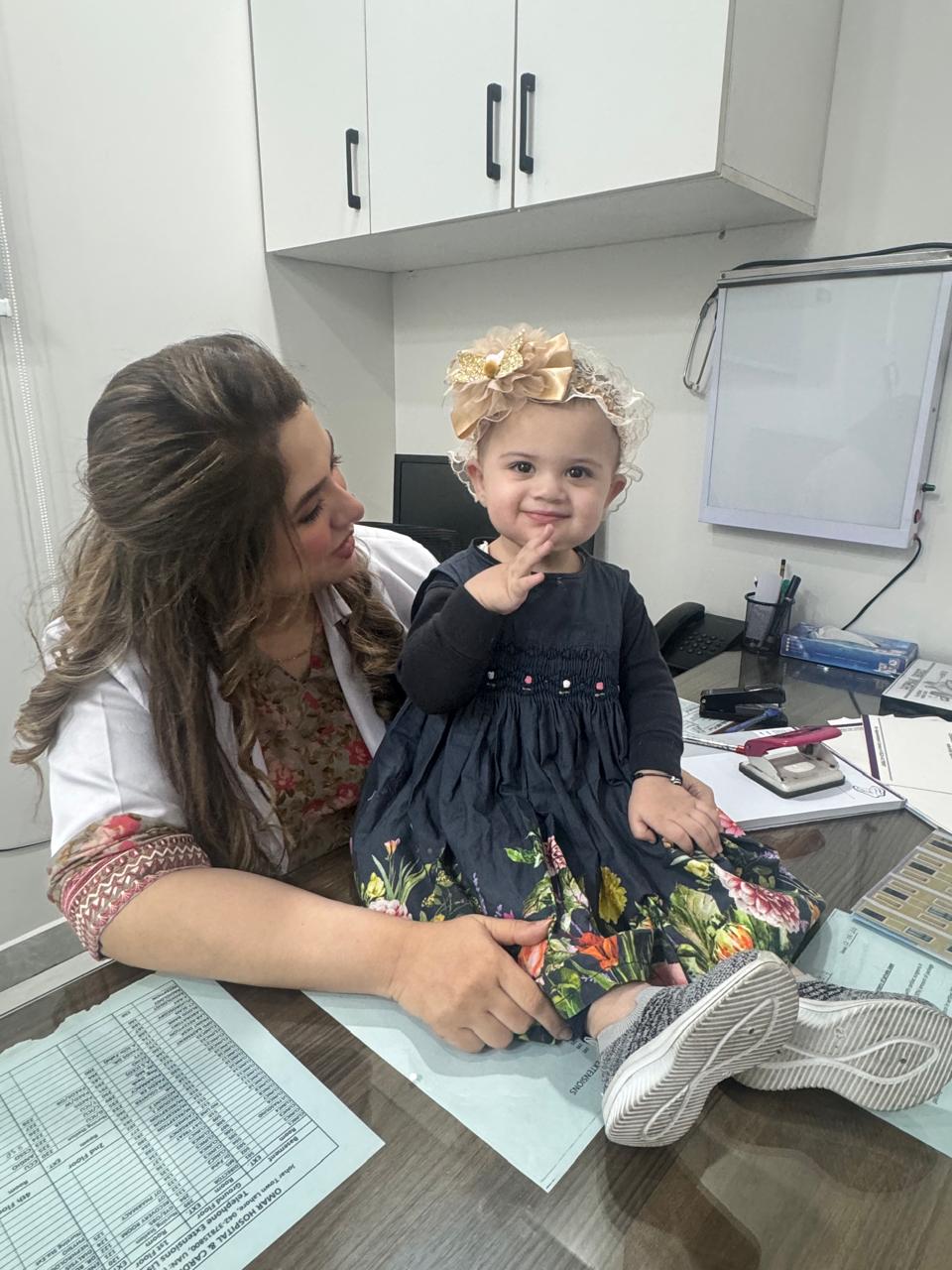Breast Health: A Complete Guide to Prevention, Awareness & Care
Breast health is a vital part of a woman’s overall well-being. Maintaining breast health involves regular self-examinations, routine screenings, and awareness of any unusual changes. Early detection of problems like lumps or discharge can lead to timely treatment and better outcomes—especially in the case of breast cancer.
In this article, we’ll explore the importance of breast health, risk factors, common symptoms, and how to take care of your breasts at every stage of life.
👩⚕️ Why Breast Health Matters
Breasts change over time due to hormones, age, lifestyle, and health conditions. While most breast changes are benign (non-cancerous), some may signal underlying issues. The most common breast diseases include:
- Fibrocystic breast changes
- Benign lumps (fibroadenomas)
- Infections (mastitis)
- Breast cysts
- Breast cancer
Maintaining good breast health allows for early detection of abnormalities, increasing the chances of effective treatment and survival, especially for breast cancer, which is one of the leading causes of cancer-related deaths among women globally.
📷 Suggested Image: Woman performing self-breast exam in mirror
Alt Text: “Woman checking breast for lumps during self-examination”
🔍 Common Symptoms to Watch For
Understanding what’s normal and what isn’t is key. Seek medical advice if you notice:
- A new lump in the breast or underarm
- Pain in the breast or nipple that doesn’t go away
- Change in breast size or shape
- Nipple discharge (especially if bloody)
- Dimpling or puckering of breast skin
- Redness, scaliness, or thickening of the nipple or breast
Tip: Not all breast lumps are cancerous—but every change should be evaluated by a healthcare provider.
🧬 Risk Factors for Breast Diseases
While some breast problems are unavoidable, certain risk factors can increase the likelihood of breast disease or cancer, including:
- Age (risk increases after 40)
- Family history of breast or ovarian cancer
- Inherited gene mutations (e.g., BRCA1 and BRCA2)
- Early menstruation or late menopause
- Hormone replacement therapy
- Lifestyle factors (alcohol, obesity, inactivity)
🩺 Breast Screening & Diagnostic Tools
Early detection is your best defense. Breast screening tools include:
🔸 1. Self-Breast Examination (SBE)
Every woman should perform an SBE once a month, ideally a few days after menstruation ends.
🔸 2. Clinical Breast Exam
Performed by a doctor or nurse during a routine check-up, usually once a year.
🔸 3. Mammography
A specialized X-ray that can detect tumors before they can be felt. Recommended annually or biennially for women aged 40 and above.
🔸 4. Ultrasound & MRI
Used for further evaluation of lumps or dense breast tissue.
📷 Suggested Image: Mammogram machine in use
Alt Text: “Mammography screening being performed at a medical clinic”
🛡️ How to Maintain Breast Health
Adopt these habits to protect your breast health:
- Perform monthly self-examinations
- Stay physically active (30 minutes daily)
- Maintain a healthy weight
- Limit alcohol and quit smoking
- Breastfeed if possible (lowers cancer risk)
- Attend regular check-ups and screenings
- Eat a balanced diet rich in antioxidants, fiber, and omega-3s
💬 Breast Health at Different Life Stages
🧒 Adolescence
Hormonal changes may cause tenderness or lumps. These are usually benign.
👩 Reproductive Years
Pregnancy, birth control, and menstruation can affect breast texture and pain levels. Awareness is key.
👵 Menopause
Hormonal decline can cause breast tissue to become fatty and less dense. Screening becomes even more important during this phase.
❓ Frequently Asked Questions (FAQs)
Q1: How often should I get a mammogram?
A: Women over 40 should get one every 1–2 years, or earlier if they are high-risk.
Q2: Can men get breast cancer?
A: Yes, although rare, breast cancer can occur in men and should be taken seriously.
Q3: Are all lumps cancerous?
A: No, many are benign. However, you should always get them checked by a healthcare professional.
🏥 When to See a Doctor
Visit your doctor immediately if you notice:
- Persistent lump or mass
- Skin changes on the breast
- Nipple retraction or discharge
- Any abnormal breast pain or swelling
At [Omar Hospital Lahore], we offer comprehensive breast care services, including screening, diagnosis, and treatment by experienced specialists.
📞 Take Charge of Your Breast Health Today
Your health is in your hands. Regular breast care, early screenings, and prompt attention to changes can save lives. At [Your Clinic Name], we are committed to helping you stay informed, confident, and healthy.
📍 Book your breast check-up now or call us at [Phone Number] to speak with our women’s health team.
